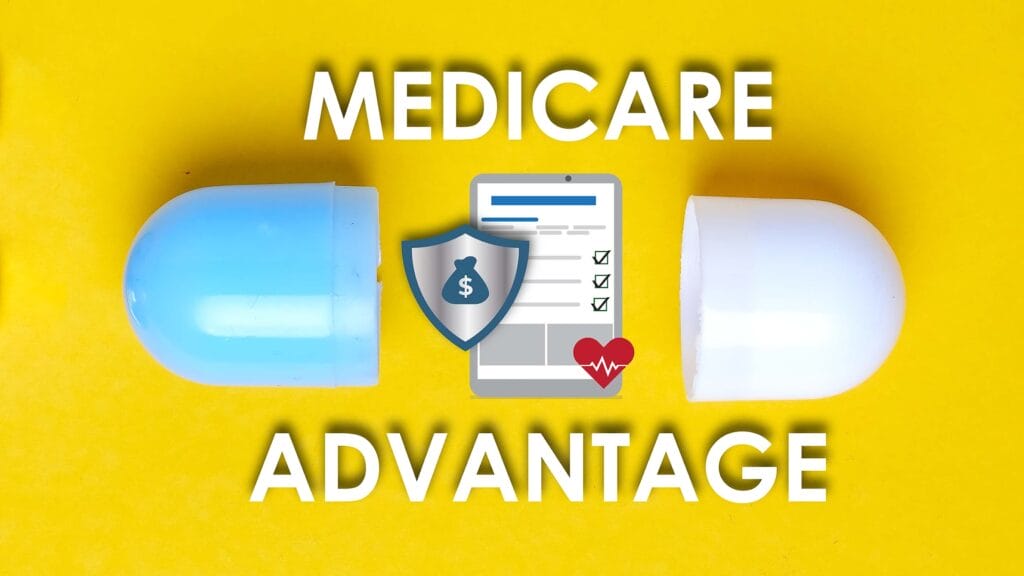
Nursing homes have historically had little leverage in negotiations with Medicare Advantage plans, even as MA has come to cover an ever-larger number of skilled nursing beneficiaries.
The key for providers looking to gain some of that leverage is understanding and contextualizing the data at their facilities and those of nearby peers, stressed industry experts Tuesday on a webinar hosted by Zimmet Healthcare Services Group and software and analytics company Simple.
More than half of Medicare beneficiaries were covered by an MA plan in 2023 — a major milestone that’s eating into nursing homes’ bottom line, according to Marc Zimmet, president of Zimmet Healthcare.
“Medicaid could pay less because Medicare had paid so generously. It’s called ‘cost-shifting,’” he explained. “Now the problem we have here is that we have fewer and fewer Medicare patients because now we have Medicare Advantage patients.”
MA has been growing for years and the number of Fee For Service enrollees has begun to drop in all 50 states. Based on 2019 data, the difference in payments per patient per day was nearly $200 between FFS and MA.
Zimmet Healthcare data estimates that each 1% shift in patient volume from FFS to MA represents about $275 million dollars lost by SNFs.
In total, Zimmet estimates MA will drain $14 billion from SNF revenues in 2024.
Long-term care leaders have long complained that the growth of MA is slicing into already thin nursing home profit margins. Federal regulators have shown some sympathy toward these concerns, but have cited a lack of data and asked providers to collaborate on providing such data.
Developing the data picture
Zimmet emphasized that many of the necessary numbers are available in raw form currently but haven’t been contextualized as meaningful data. He dove into some of the figures with co-presenters Vincent Fedele, a partner at Zimmet Healthcare, and David Asher, senior vice president and co-founder of Longevity Health Plan.
The experts broke down the differences between FFS and MA rates between regions and highlighted the importance of Risk Adjustment Factor ratings for understanding the complexity of care delivered at a facility. They highlighted Zimmet’s proprietary “Z-RAF” score, which skilled nursing providers can use to estimate their ratings and bring those numbers to the table during MA negotiations.
They also noted the importance of being able to highlight good care outcomes at facilities, such as low hospitalization rates.
Understanding these data points and comparing them to peer providers can give providers the leverage they need to negotiate for better rates or even carve-outs, Zimmet said.
“Every facility out there has got its own data profile. It’s simply critical that you understand the data that’s being presented about you, what it means, because… the context matters,” he explained. “What I want everybody to understand — what you should be prepared for when you actually walk in and are talking to Medicare Advantage plans — a big part of it is how your numbers compare to your peer group …. If you have better outcomes… at least you have something to benchmark against.”





